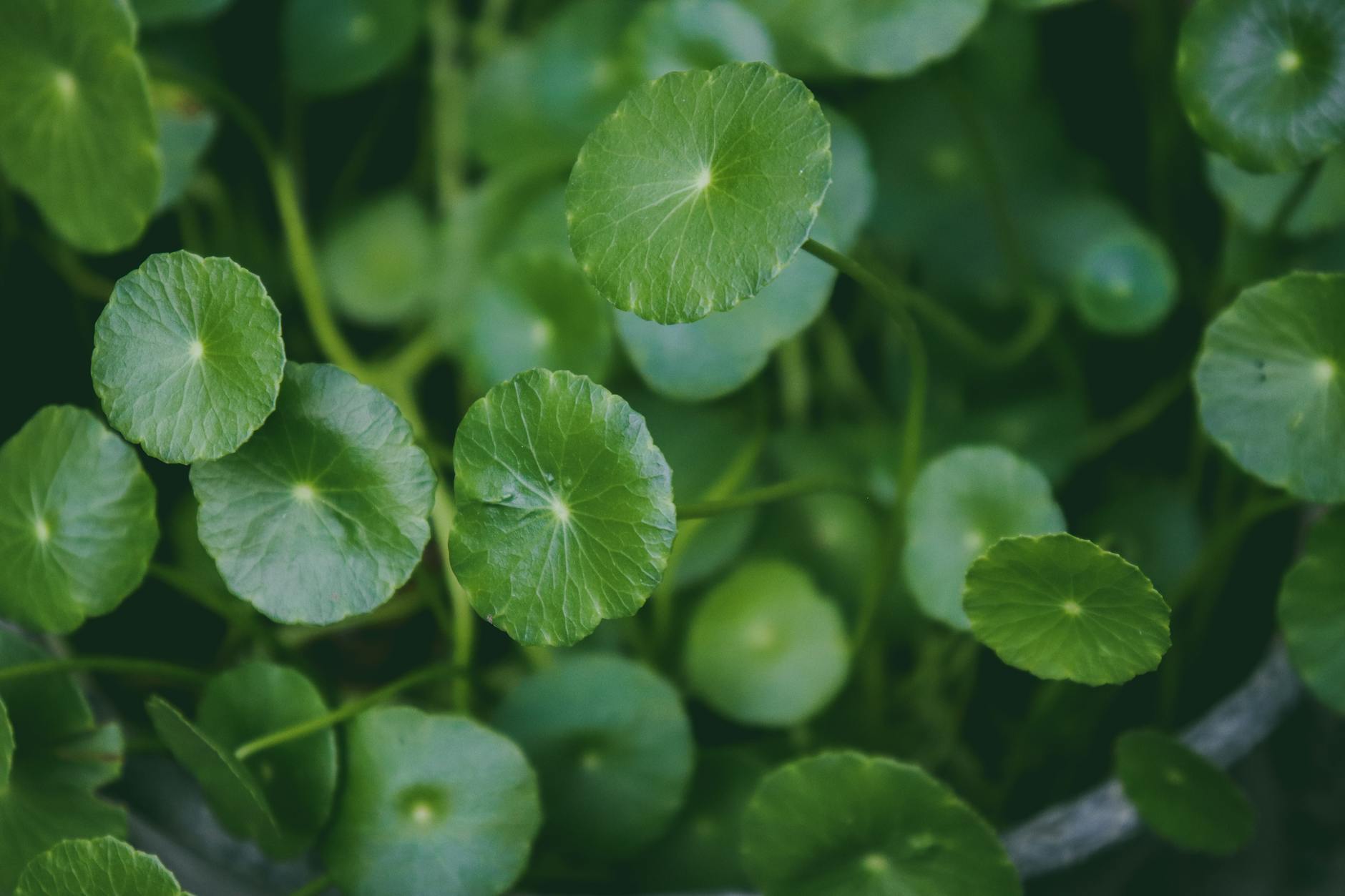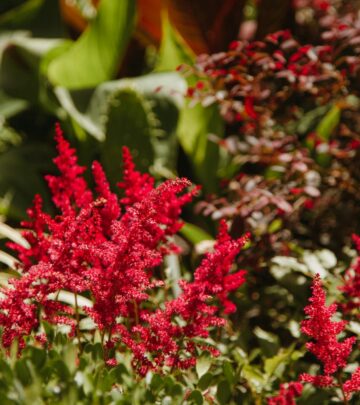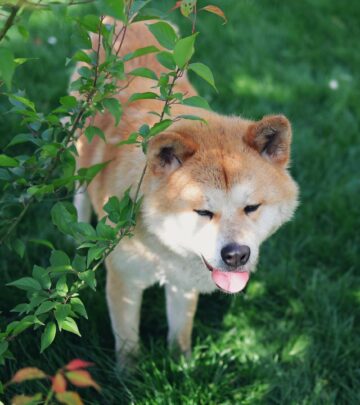Gardening 101: How to Grow and Use Gotu Kola
Transform shaded corners into lush groundcover that nourishes both garden and body.

Gotu Kola (Centella asiatica) is a revered plant in both traditional medicine and home gardening. Known as the “herb of longevity,” this low-growing, bright green perennial spreads rapidly in the right conditions and delivers an abundance of health, culinary, and ornamental benefits. Whether you’re interested in its folk uses or simply want a vigorous groundcover for moist and shady corners, Gotu Kola proves adaptable in many gardens.
Table of Contents
- About Gotu Kola
- Gotu Kola Plant Profile
- How to Grow Gotu Kola
- Care and Maintenance
- Harvesting and Culinary Uses
- Medicinal and Traditional Benefits
- Propagation Tips
- Potential Problems and Solutions
- Frequently Asked Questions (FAQ)
About Gotu Kola
Gotu Kola is a small, herbaceous perennial native to wetlands across Asia but now cultivated worldwide. Its reputation as a “brain boost” and longevity herb is matched only by its beauty as a ground-hugging filler and its resilience in challenging garden spots.
- Common Names: Gotu Kola, Pennywort, Brahmi
- Botanical Name: Centella asiatica
- Plant Type: Herbaceous perennial
- Native Range: Asia, Africa, parts of the South Pacific
Gotu Kola Plant Profile
Visually, Gotu Kola is recognized by its small, fan-shaped leaves only a few centimeters wide. Plants typically hug the ground and may never exceed a few inches in height, making them perfect for groundcover or underplanting in moist, shady areas.
| Feature | Description |
|---|---|
| Foliage | Bright to medium green, rounded or kidney-shaped leaves, scalloped margins |
| Flowers | Tiny, pale lavender, pinkish-white, or white; rarely noticed |
| Height/Spread | 1–3 inches tall, spreading rapidly via runners |
| Growth Rate | Fast, can form dense mats in a season |
How to Grow Gotu Kola
One of the greatest advantages of Gotu Kola is its adaptability, provided it receives adequate moisture. Follow these guidelines for best results:
Choose the Right Location
- Sunlight: Prefers partial shade but can handle full sun in mild climates. In hot regions, partial to full shade prevents leaf burn and wilting.
- Soil: Thrives in moist, rich, loamy soil with good drainage. Slightly acidic to neutral pH (6.0–7.0) is ideal.
- Water: Loves consistently moist soil. Avoid any level of prolonged dryness, as this will slow or halt growth entirely.
Starting from Seeds
- Direct sow prepared beds or use a seed tray. Lightly cover seeds with soil so some light can reach them—they need this for germination.
- Germination can take 2–3 weeks; keep the soil consistently moist.
- Transplant seedlings after danger of frost has passed and once they have true leaves.
Starting from Cuttings
- Take healthy stems with several leaves and either plant them directly in moist soil or root them in water first. Gotu Kola roots readily at nodes; runners will establish quickly.
- Spacing: Allow at least 12 inches between plants, or plant every 6–8 inches for quick groundcover.
Planting Nursery Starters
- Acclimate starter plants to your garden for a few days (known as ‘hardening off’) before planting into their permanent spot.
- Handle with gloves; some people experience mild skin irritation from the leaves.
Care and Maintenance
Once established, Gotu Kola asks for little apart from steady moisture and shade from scorching midday sun. The following steps will help you keep your patch healthy and thriving:
- Water generously, especially during hot or dry spells. Do not let the soil dry out completely.
- Mulch around plants to help retain soil moisture and limit weed competition.
- Feed with a gentle, balanced organic fertilizer a couple of times during the growing season for best foliage quality.
- If you grow Gotu Kola in containers, use a rich potting mix and check regularly to ensure the soil never dries out.
Winter Care
- In areas with frost, Gotu Kola may die back in winter and return with warmer temperatures.
- In cold climates, grow in pots and bring indoors in winter or treat as a tender perennial.
Harvesting and Culinary Uses
The leaves, stems, and sometimes the roots of Gotu Kola are edible and can be harvested whenever the plant is actively growing. Young, tender leaves offer the best flavor.
To harvest: Use scissors or fingers to snip outer leaves and stems. Frequent harvesting encourages bushier growth.
Popular Culinary Uses
- Fresh in salads: The bright, grassy taste of Gotu Kola leaves pairs well with Asian-inspired salads and slaws.
- Smoothies and juices: Add a handful of washed leaves to smoothies for a mild health boost.
- Herbal teas: Brew fresh or dried leaves into gentle medicinal teas.
- Soups and stir-fries: The leaves can be tossed in at the end of cooking for a burst of green flavor.
Medicinal and Traditional Benefits
Gotu Kola has an extensive history in traditional medicine systems, particularly in Ayurveda and Traditional Chinese Medicine. Known for supporting longevity, cognition, wound healing, and skin health, the plant’s leaves and extracts have been used for centuries.
- Mental Clarity: Traditionally believed to promote relaxation and cognitive function.
- Skin Healing: Topical applications and pastes from Gotu Kola leaves are used for minor wounds and inflammation.
- General Wellbeing: Teas, tinctures, or infusions from the leaves are sometimes recommended for boosting vitality, though always consult a healthcare provider before using medicinally.
Propagation Tips
Gotu Kola propagates extremely well via both seed and vegetative means. In the right environment, the plant sends out runners that will readily root and expand its coverage area.
- Division: Dig up and split established clumps, then replant sections in new locations to form new patches.
- Cuttings: Place healthy cuttings in moist soil or even hydrogel medium to encourage quick root growth.
- Self-seeding: In optimal conditions, Gotu Kola can self-sow, though seeds may require a period of consistent moist warmth to germinate.
Potential Problems and Solutions
Generally, Gotu Kola is robust, but several issues occasionally arise in home cultivation:
- Soil Drying: The single biggest issue, causing leaves to shrivel or stunting plant spread. Always check for consistent moisture and adjust watering as needed.
- Root Rot: In low-drainage settings, avoid excess standing water to prevent root fungal problems. Pots should have drainage holes.
- Pests: Aphids, slugs, and snails can feed on tender leaves. Hand-pick slugs, and spray aphids with a gentle soap solution if needed.
- Cold Damage: In colder zones, expect dieback in winter, but recovery in spring.
Frequently Asked Questions (FAQ)
Q: Does Gotu Kola need full sun?
A: No. Gotu Kola prefers partial to full shade in hot climates to keep foliage supple and vibrant. In cooler climates, it can handle more sun as long as it doesn’t dry out.
Q: Is Gotu Kola invasive?
A: While Gotu Kola spreads rapidly and forms a dense mat, it is not deep-rooted nor considered aggressively invasive. It’s easy to control by pulling up runners or planting in containers.
Q: How often should I water Gotu Kola?
A: Keep the soil consistently damp. Water at least several times a week during hot or dry weather, and more occasionally if grown near water or in a greenhouse.
Q: Can I grow Gotu Kola indoors?
A: Yes. Provided you use a roomy container, rich potting soil, and keep the plant away from direct sun and near a water source or humid environment. Mist leaves regularly if air is dry.
Q: What’s the best way to propagate Gotu Kola?
A: Division of established plants or rooting cuttings are the fastest and surest methods, but seeds will also germinate with patience and warmth.
Conclusion
Gotu Kola is an exceptional addition to any home garden, offering lush groundcover, culinary options, and traditional health uses. Its fast growth, resilience in moisture-rich settings, and relatively low-maintenance requirements make it suitable for beginners and experts alike. With just a bit of care and consistent moisture, you can enjoy this celebrated “herb of longevity” for years to come.
References
Read full bio of Anjali Sayee

















Community Experiences
Join the conversation and become a part of our empowering community! Share your stories, experiences, and insights to connect with other beauty, lifestyle, and health enthusiasts.